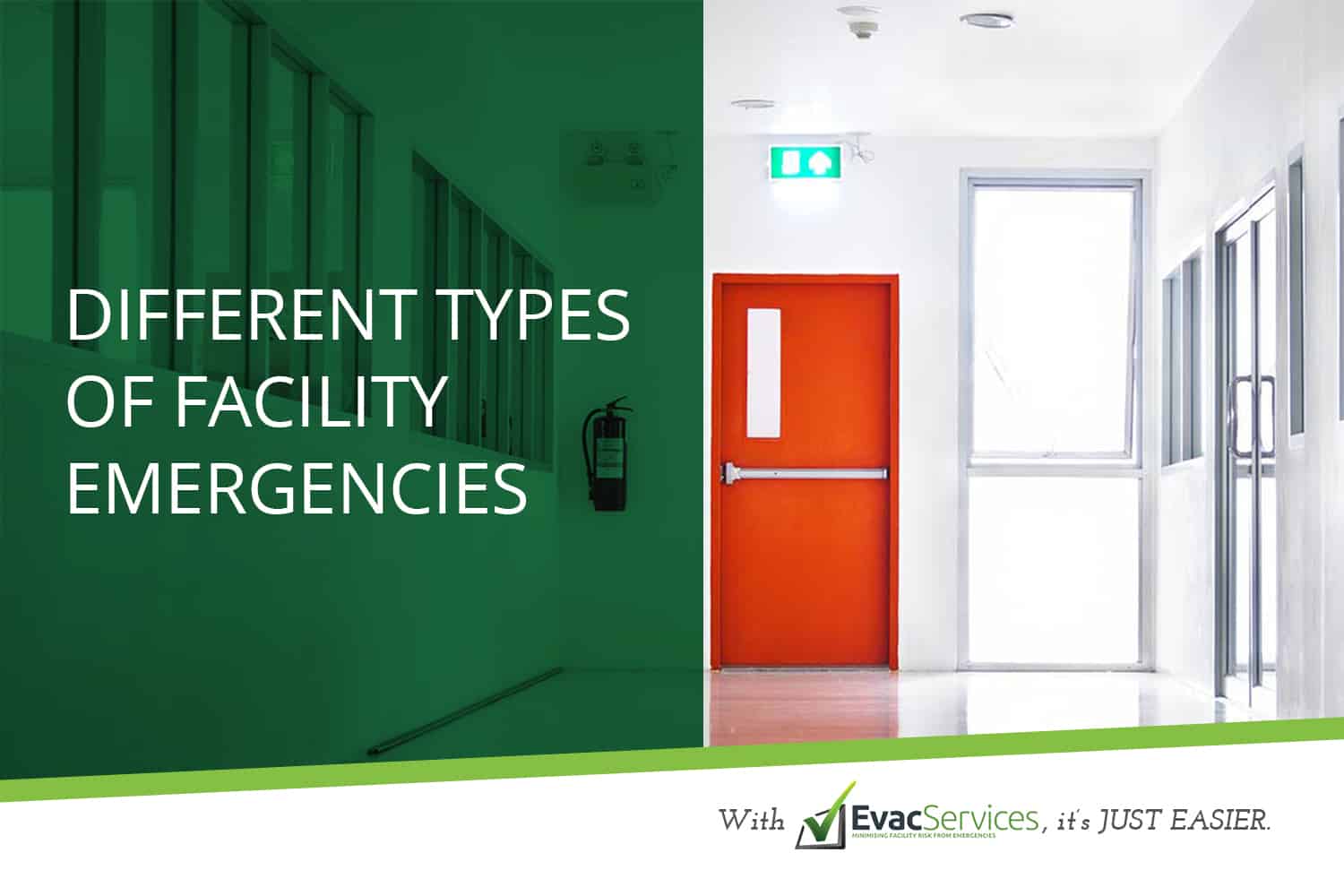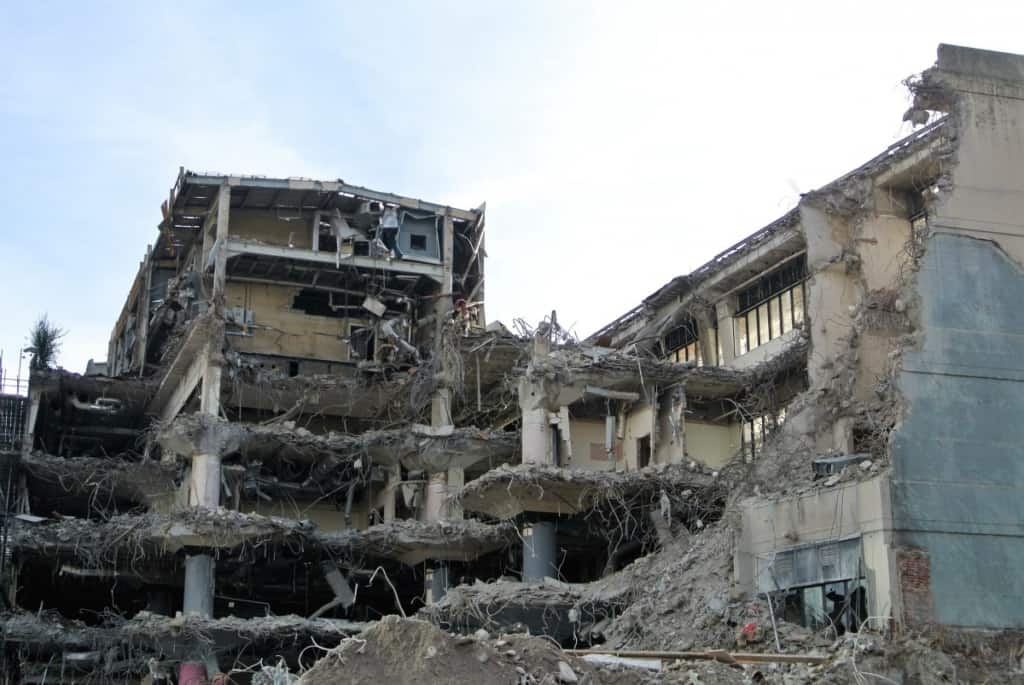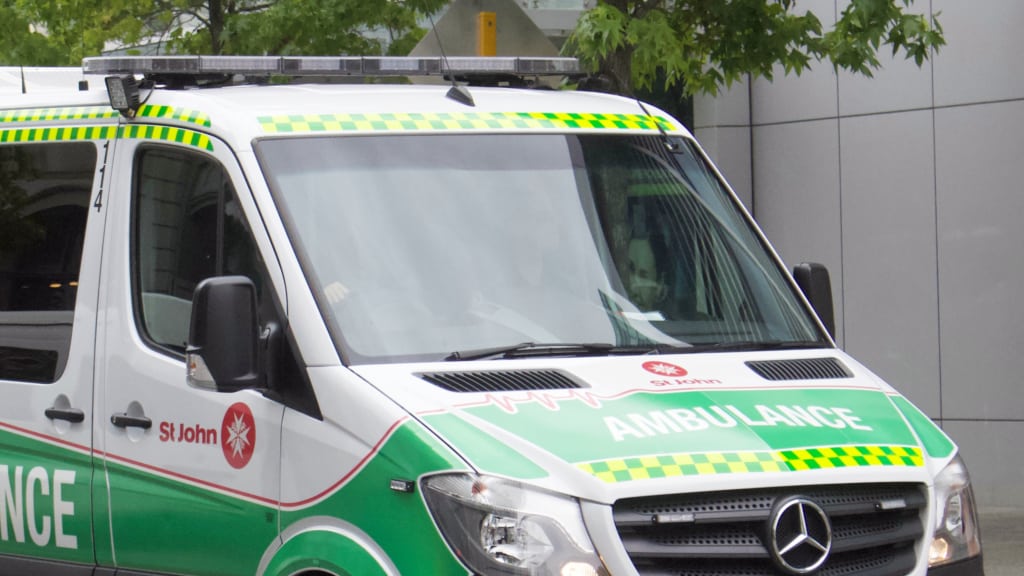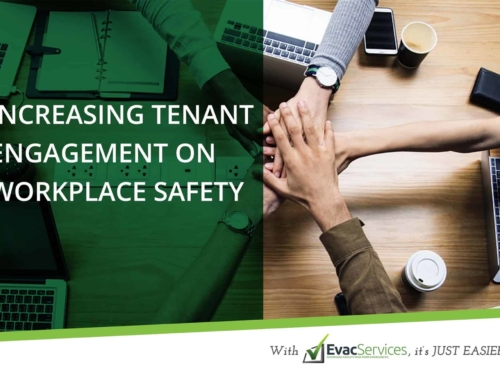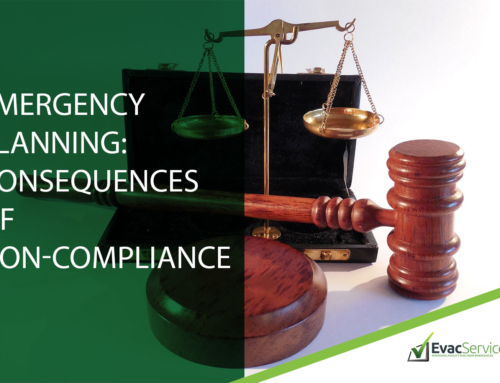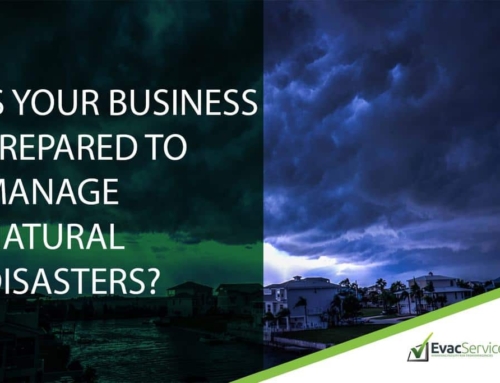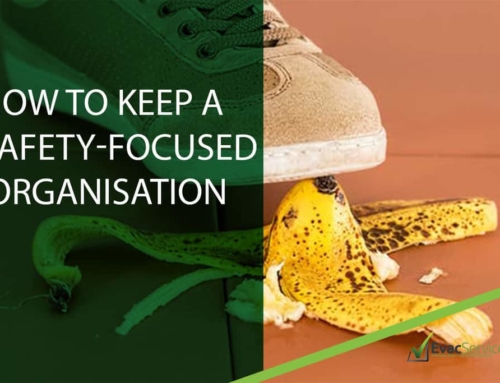Facility emergencies can vary in scale and severity. Ideally, your emergency plan should be designed to include procedures on how to manage potential emergencies relevant to your location, building design, etc. Familiarity with the different types of emergencies is, therefore, a must when preparing your plan.
In this article, we give an overview of five types of facility emergencies that can pose a threat to occupant safety.
Types of Facility Emergencies
1. Earthquake
There is no telling when an earthquake will occur. The best thing to do is to prepare for the possibility of an earthquake and its subsequent effects, whether at home or the workplace. Most people spend a lot of time in the office, sometimes even more so than in their homes, so workplace preparedness becomes a major point of concern. This is why the Australian government has taken significant measures to legislate laws and policies mandating the population to adopt steps that will ensure their own community’s safety.
Safe Spots Identified in Earthquake Evacuation Plan
It is essential that the occupants of the building practice the first thing they should do the moment tremors are felt. The ultimate goal is to get out in the open space, away from falling debris and other dangerous obstacles. However, more immediate than that is to stay safe right where you are. Running out in a panic can just lead to more trouble. Therefore, it would be better to wait until the tremors weaken, if not stop altogether. In the meantime, duck for cover, protect your head and limbs and hold on tight.
Read this article for more information on developing an earthquake emergency plan.
2. Medical Emergencies
Emergency evacuations can be stressful but having a medical emergency on top could make it even worst. In this situation, the emergency response team is expected to address the situation as efficiently and fast as possible to provide immediate care to the wounded.
In facility emergencies requiring first aid, the emergency response team is to properly assess possible risks and consequences before taking medical action. This requires taking universal infection control precaution and determining the most appropriate action to not put the injured further at risk.
What is the standard protocol for medical emergencies?
- If a person suffers from a medical emergency, nearby persons must be immediately alerted to their status, if it is possible for them to call out or make contact.
- If the patient is accompanied by another person, then it would be better if the companion makes contact with first aiders for assistance, preferably without having to leave the patient alone, if possible.
- If danger in the surroundings persists, as in a severe fire situation, then evacuation procedures must commence, with the injured or ill person being as applicable care as possible given the circumstance.
Read our article about responding to medical emergencies for more information.
3. Personal Threats
Sometimes, emergency situations do not come in the form of a hurricane, or floods, or an earthquake. Personal threats — also known as CODE BLACK in the identification and assessment of emergency scenarios — are events wherein any threat is suggested to cause actual physical harm to an occupant.
Here are some reminders on how to deal with offenders — or, how not to deal with them:
- Do not attempt to stop the offender. It would be wise to keep your head down and not take on the offender yourself. Not only will you be putting yourself at risk, but also the others with you in the room. Wait for the authorities to arrive and deal with the perpetrator accordingly.
- Do not attempt to follow or apprehend the offender after the armed hold-up. It is best to leave the responsibility to deal with the offender to those who have the training and tools for it.
- Do not insult, ridicule or argue with the offender. It is also advised to avoid prolonged eye contact with the offender.
Click here to know more on what to do during an assault and upon departure of offender.
4. Active Shooter Emergencies
Active shooter emergencies in places of mass gathering have become a common occurrence around the world. Due to the high density of people, this type of emergency could lead to a high number of casualties. This is especially true when the active shooter aims to spread chaos through armed violence and not have specific targets in mind.
The Australia-New Zealand Counter-Terrorism Committee came up with the National Counter-Terrorism Committee’s Guidelines for the Protection of Places of Mass Gathering from Terrorism. Here are more details about active shooter emergencies.
Safety Options for Public Space Occupants
When confronted with the threat of an armed intruder, it is best to lay low and not draw attention to oneself, particularly if it is a hostage situation. The most ideal, however, would be to get out of there as soon as possible.
Evacuation: Once an intrusion or attack occurs the evacuation procedure must be activated, and the people inside must be ushered to a safe assembly area outside the premises.
Hiding: Should evacuation not be possible just yet, hiding is the next best thing. Preferably, occupants must choose a location that puts them as far away as possible from the intruder.
Take action: This is not always advisable, especially in this type of emergency. However, if the occupant is equipped with the training and ability to deal with an armed shooter (say, a police officer on off-duty, for example) then they should try to disrupt or incapacitate the active shooter given the opportunity. Again, this is not for just about anyone to take on. As much as possible, confrontation must be avoided, if it would mean keeping civilians safe from harm.
Taking action must only be considered as a last resort, and only if it becomes necessary to protect the life of individuals in that situation. Otherwise, call for and awaiting police or emergency response is still the most appropriate thing to do.

5. Telephone bomb threats
Every telephone threat must be considered as genuine. Here are some important points to remember about dealing with facility emergencies, such as telephone bomb threats.
- Should a building occupant answer the call to a threat, it is important for him or her to not hang up. Preferably, they should be able to gather as much information as the conversation will allow. This should help the authorities determine the actual presence of threat faster.
- Just because a threat is made does not automatically mean that everyone in the building must immediately be alerted to it. Instead, the Chief Warden or supervisor must be informed about it, and then the police must be contacted.
- It is most important to keep calm as much as possible. Keeping the caller engaged should yield some relevant information that may solve the issue more efficiently.
Do you aim to improve occupant safety against these emergencies and more? Contact us, and our experts will help you create an emergency plan that will protect you against different types of facility emergencies.

